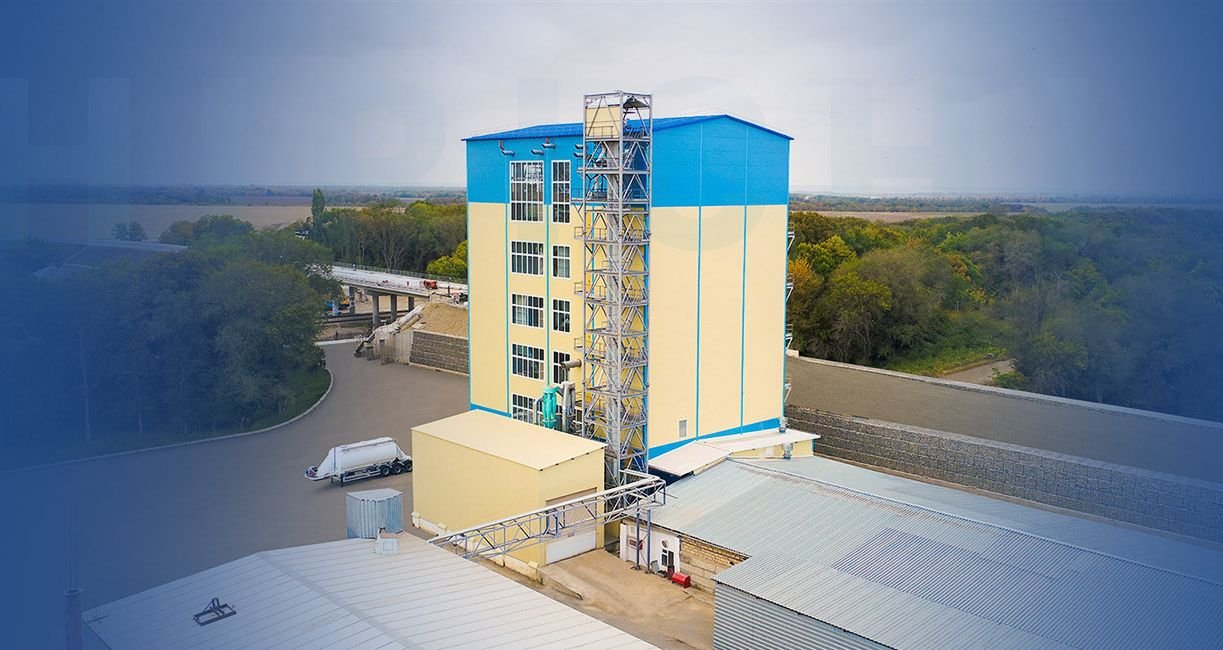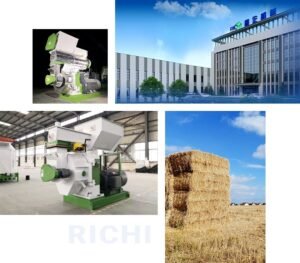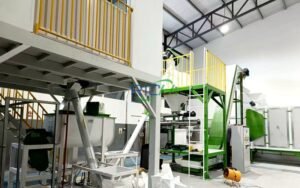
In the dynamic animal feed industry, a 10 tons per hour (t/h) feed mill factory faces constant challenges in maintaining stability while adapting to fluctuating market demands. This article explores strategies and approaches that such a facility can employ to remain resilient and profitable in a changing market landscape.
- Flexible Production Planning
One of the key strategies for maintaining stability is implementing flexible production planning. This approach allows the feed mill to quickly adjust its output based on market demands.
- Modular Production Lines: Design the production system with modular components that can be easily reconfigured to produce different types of feed.
- Scalable Operations: Implement systems that can operate efficiently at various capacities, from 50% to 100% of the 10t/h capacity.
- Quick Changeover Processes: Develop procedures for rapid changeovers between different feed formulations to respond swiftly to market shifts.
- Diversified Product Portfolio
Diversification is crucial for stability in a volatile market. A 10t/h feed mill should consider:
- Multi-Species Feed Production: Develop capabilities to produce feed for various livestock and poultry species.
- Specialty Feeds: Introduce niche products such as organic feeds or feeds for exotic animals to capture emerging market segments.
- Value-Added Products: Offer customized feed formulations or premixes to cater to specific customer needs.
- Robust Supply Chain Management
Effective supply chain management is essential for maintaining stability:
- Multiple Suppliers: Establish relationships with multiple raw material suppliers to mitigate supply disruptions.
- Long-term Contracts: Negotiate long-term contracts with key suppliers to ensure consistent supply and pricing.
- Inventory Management: Implement just-in-time inventory practices to reduce storage costs while ensuring adequate stock levels.
- Market Intelligence and Demand Forecasting
Staying ahead of market trends is crucial for stability:
- Data Analytics: Utilize advanced data analytics tools to predict market trends and demand fluctuations.
- Customer Feedback: Regularly engage with customers to understand their changing needs and preferences.
- Industry Partnerships: Collaborate with industry associations and research institutions to gain insights into market developments.
- Operational Efficiency and Cost Management
Maintaining operational efficiency helps the feed mill remain competitive:
- Energy Efficiency: Invest in energy-efficient equipment and processes to reduce operational costs.
- Automation: Implement automation technologies to improve productivity and reduce labor costs.
- Preventive Maintenance: Develop a robust preventive maintenance program to minimize downtime and extend equipment life.
- Quality Control and Consistency
Maintaining high-quality standards is essential for customer retention and market stability:
- Quality Management Systems: Implement comprehensive quality control processes throughout the production cycle.
- Traceability: Establish a traceability system to quickly identify and address any quality issues.
- Certifications: Obtain and maintain relevant industry certifications to enhance credibility and market access.
- Customer Relationship Management
Strong customer relationships contribute to stable demand:
- Key Account Management: Develop a key account management program for major customers.
- Customer Service: Provide excellent customer service and technical support to build loyalty.
- Feedback Mechanisms: Establish channels for regular customer feedback and act on the insights gained.
- Financial Management and Risk Mitigation
Sound financial management is crucial for long-term stability:
- Hedging Strategies: Implement hedging strategies to mitigate risks associated with raw material price fluctuations.
- Cash Flow Management: Maintain robust cash flow management practices to ensure financial stability during market downturns.
- Investment Planning: Strategically plan investments in equipment and technology to enhance competitiveness.
- Adaptive Marketing Strategies
Marketing efforts should be adaptable to changing market conditions:
- Digital Marketing: Utilize digital marketing channels to reach a broader customer base and adapt messaging quickly.
- Educational Marketing: Provide educational content to customers about feed nutrition and efficiency to build trust and credibility.
- Targeted Campaigns: Develop targeted marketing campaigns for different customer segments and product lines.
- Research and Development
Continuous innovation is key to staying relevant in a changing market:
- Feed Formulation Research: Invest in ongoing research to develop more efficient and cost-effective feed formulations.
- Technology Adoption: Stay abreast of technological advancements in feed production and implement relevant innovations.
- Collaboration: Partner with universities or research institutions for joint R&D projects.
- Regulatory Compliance and Sustainability
Staying ahead of regulatory changes and sustainability trends is crucial:
- Regulatory Monitoring: Establish a system to monitor and quickly adapt to changing regulations in the feed industry.
- Sustainability Initiatives: Implement sustainable practices in production processes and sourcing to meet growing market demands for environmentally friendly products.
- Waste Reduction: Develop strategies to minimize waste and explore upcycling opportunities for by-products.
- Human Resource Development
A skilled and adaptable workforce is essential for maintaining stability:
- Training Programs: Implement regular training programs to keep staff updated on new technologies and industry best practices.
- Cross-Skilling: Encourage cross-skilling of employees to increase operational flexibility.
- Employee Engagement: Foster a culture of innovation and adaptability among employees.
Conclusion
Maintaining stability in a 10t/h feed mill factory amid changing market demands requires a multifaceted approach. By implementing flexible production planning, diversifying the product portfolio, managing the supply chain effectively, and staying attuned to market trends, the feed mill can navigate market fluctuations successfully.
Coupled with operational efficiency, strong customer relationships, and a focus on quality and innovation, these strategies can help the feed mill not only survive but thrive in a dynamic market environment.The key to success lies in the ability to anticipate changes, adapt quickly, and maintain a balance between stability and flexibility. By embracing these principles, a 10t/h feed mill can position itself as a resilient and reliable player in the ever-evolving
Related post: fully automatic cattle feed plant





